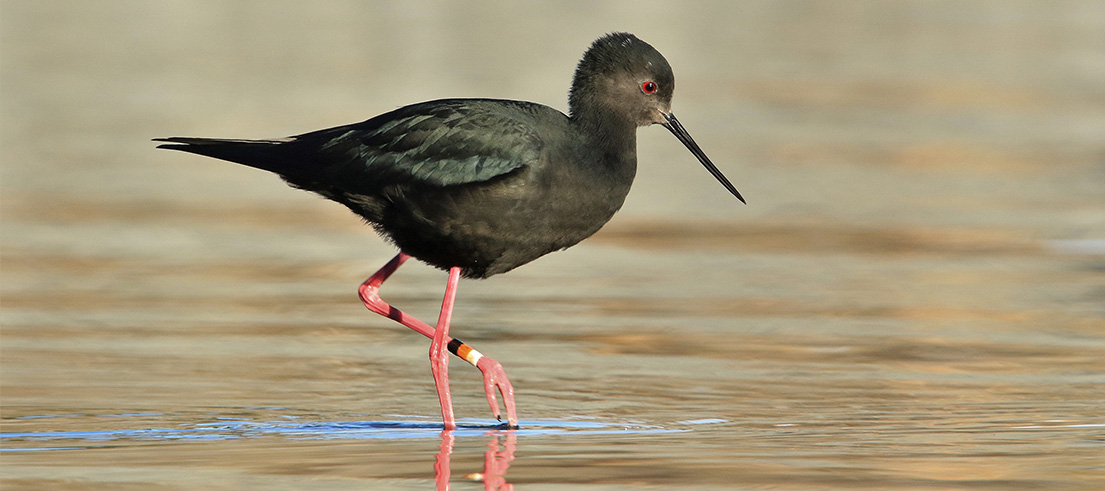
From our Deputy Chair: A win for biodiversity and endangered species
After more than 20 years in the making, central government policy has set the direction for how we’re going to protect, and improve outcomes for threatened, endangered and significant species and habitats.
As someone who has been heavily involved in community-led ecological restoration for more than 20 years in Canterbury, I wanted to share with you what this means for Canterbury, and all of Aotearoa.
I’m excited to see the National Policy Statement for Indigenous Biodiversity (NPS-IB) finally come to fruition. It is a significant step forward for how we better understand, value and manage our biodiversity and the species we share our home with.
The NPS-IB was developed in response to the critical and declining state of our unique and indigenous biodiversity - the plants and animals that are unique and native to New Zealand.
New rules to protect indigenous biodiversity
A Stats NZ report released earlier this year showed that more than 75% of indigenous reptile, bird, bat and freshwater fish species in New Zealand are at risk of extinction. This includes the pekapeka/long-tailed bat, kōtuku – white heron, kakī/black stilt, as well as some of our lesser-known species like the Canterbury knobbled weevil and the Lees Valley daisy.
The NPS-IB applies to all public and private land in Aotearoa New Zealand. It sets a new standard for the way district councils, with help from regional councils (including us), identify species and areas that are considered taonga.
It outlines the need for all decision-makers to take a precautionary approach when considering adverse effects on our indigenous biodiversity, and requires councils to work in partnership with Māori, who are kaitiaki (guardians) of biodiversity.
Simply put, it means councils are required to consider areas and habitats with significant indigenous biodiversity in all planning and decision-making processes.
The NPS-IB also requires councils to take steps to ensure activities, like new developments, don’t have a negative impact on the population of our indigenous flora and fauna.
At Environment Canterbury we’re passionate about protecting and enhancing our indigenous biodiversity and are already investing heavily in this space. We’re currently in the process of updating and revitalising our Canterbury Biodiversity Strategy, which we expect to be able to share with the community in the new year.
Between July 2022 and June 2023, we supported almost 200 projects to enhance our biodiversity which has resulted in 45ha of native plantings, over 45,000 plants, 41,000m of fencing, 83,000ha of weed control and almost 3000ha of active pest control.
Let's pick a path
While the NPS-IB is a big win for biodiversity outcomes in Canterbury and Aotearoa, it also comes with challenges for us as a regional council as we work to balance competing priorities to maintain the good work that’s being done, with the work we know needs to be done to help future-proof the region.
We’ll be exploring how to best do this over the next six months as we turn our attention to developing our next Long-Term Plan, which will guide us on the decisions we make over the next three years. We’ll also be working to develop our Regional Policy Statement which will include some new biodiversity outcomes to align with the NPS-IB.
- You have an opportunity to have your say on environmental and climate change issues, ahead of us having to make some tough decisions that will impact you and your whānau. Help shape our region's future by sharing your feedback, open until 3 December 2023.
- To see what other work we’re doing in the biodiversity space, read our Biodiversity Projects Snapshot (PDF file, 10.64MB).

